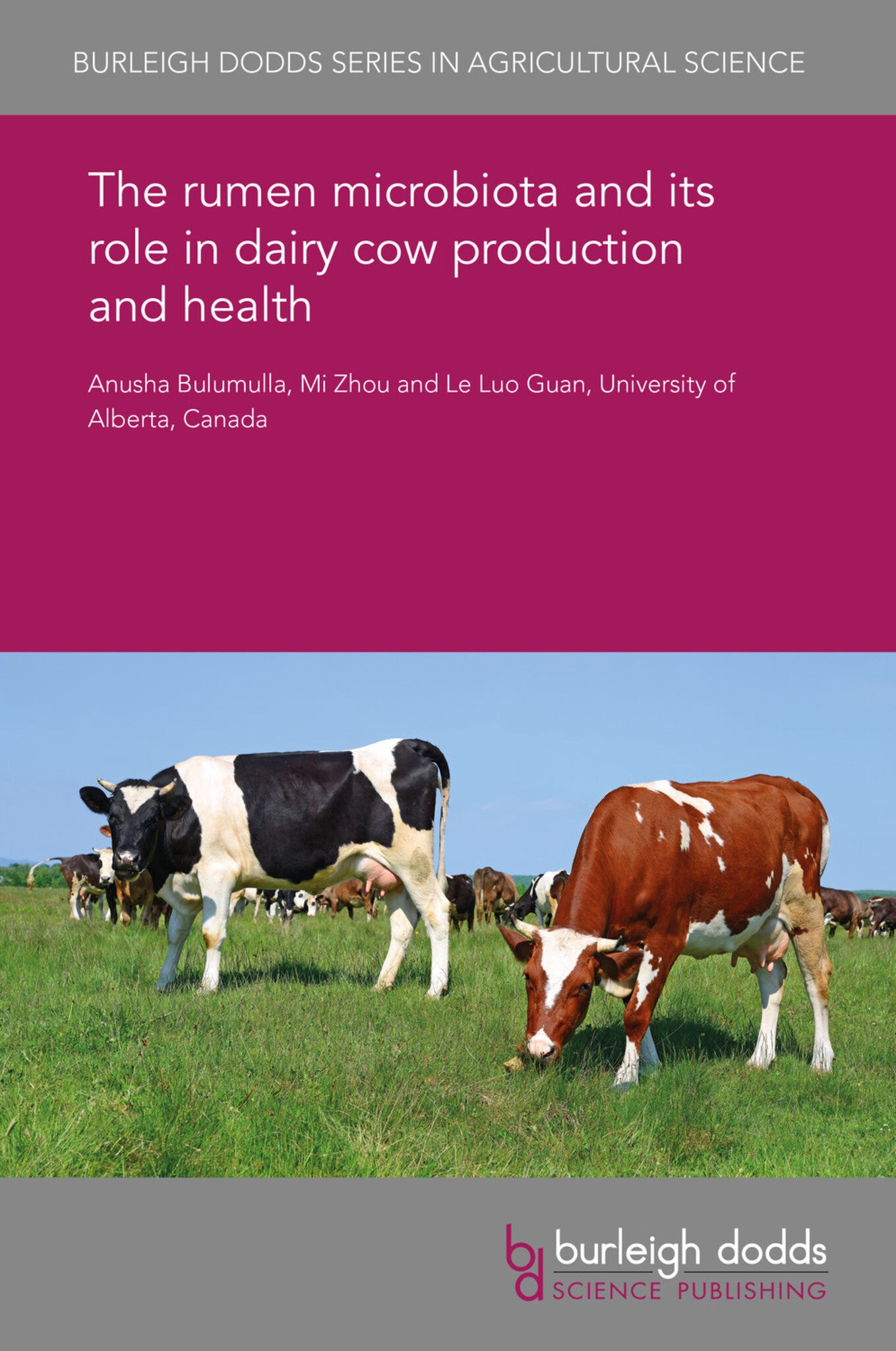We're sorry. An error has occurred
Please cancel or retry.
The rumen microbiota and its role in dairy cow production and health

Some error occured while loading the Quick View. Please close the Quick View and try reloading the page.
Couldn't load pickup availability
- Format:
-
07 August 2017


TECHNOLOGY & ENGINEERING / Agriculture / Sustainable Agriculture, Dairy farming, TECHNOLOGY & ENGINEERING / Agriculture / Animal Husbandry, Sustainable agriculture

1 Introduction 2 Diversity and function of rumen microbiota 3 Factors influencing composition of rumen microbiota 4 Current trends and innovations in studying the rumen microbiome: ‘omics’ approaches 5 Current trends and innovations in studying the rumen microbiota: linkage with host phenotypes 6 Altering rumen function by manipulating microbiota 7 Knowledge gaps and future directions 8 Conclusions 9 Where to look for further information 10 References



